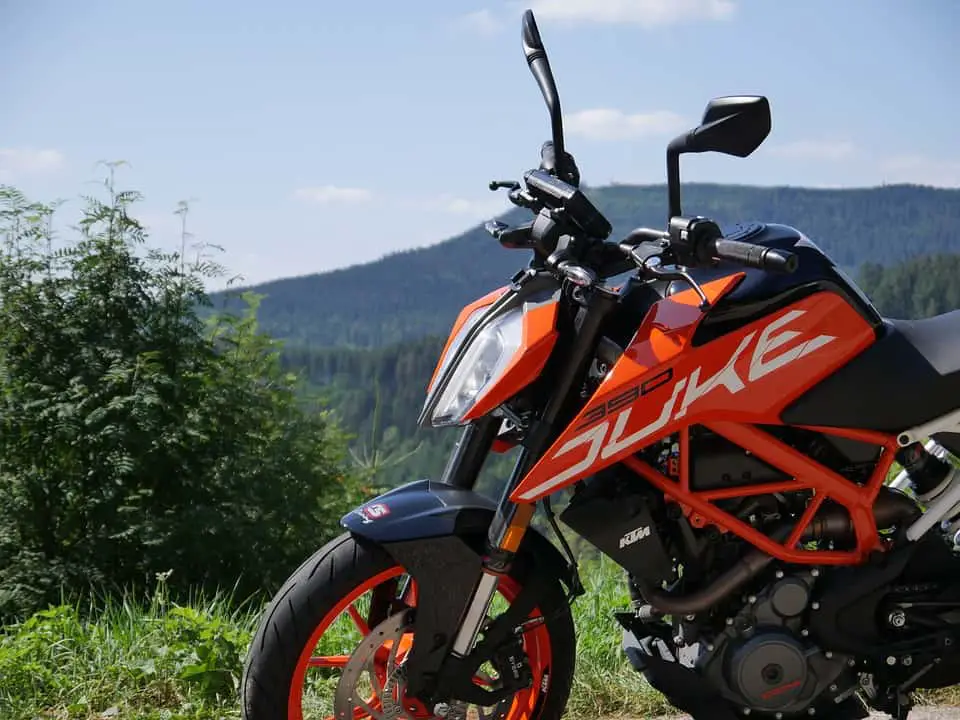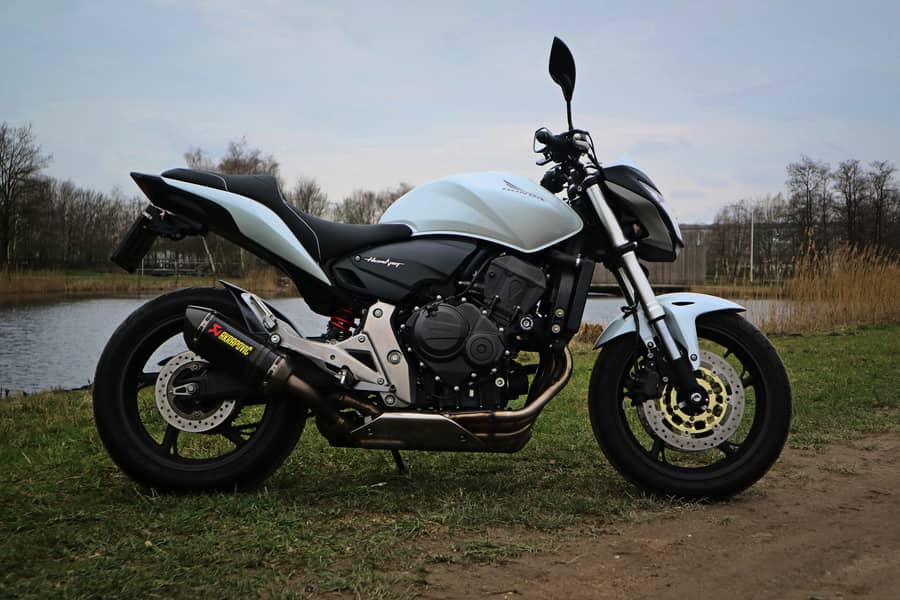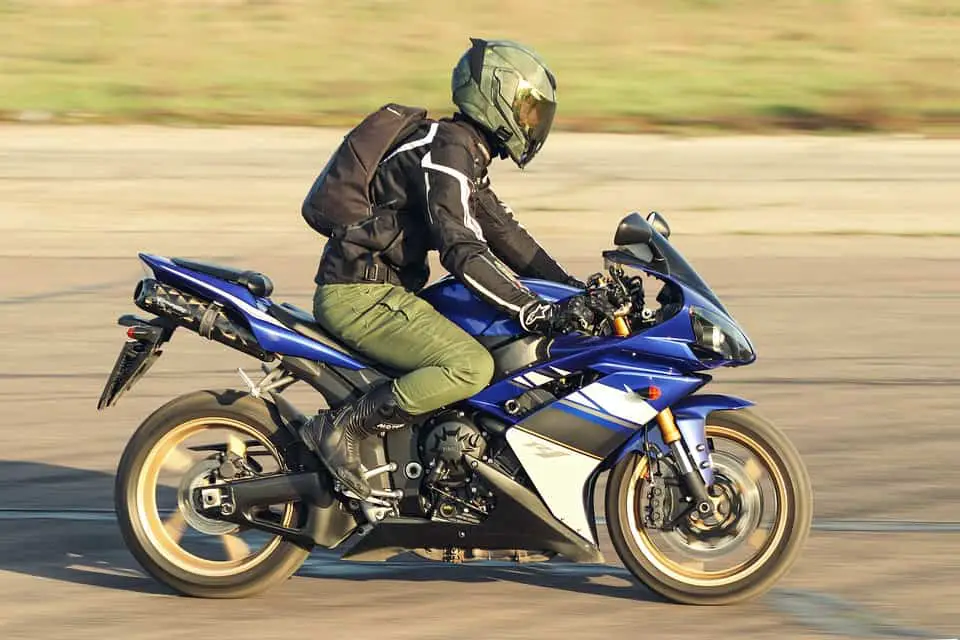One of the first questions an aspiring motorcycle rider asks is: What size engine should I get? This age-old question has long perplexed motorcycle riders, newbies and pros alike. Should you buy a beginner bike to learn on? Or just buy the real thing and learn from it? What is the best engine size for a beginner? Everyone’s got a different opinion but let’s try to clear the air.
Why do motorcycles come in different engine sizes?
To answer that question quickly, it’s because motorcycles first came in small sizes and started getting bigger and bigger as technology advances. Along with the growth in motorcycle engine sizes, also came a growth in motorcycle riders. These new riders didn’t want to get on 1000cc monsters just yet so they opted for small-displacement models.
Another reason for the different engine sizes is the world market. Big bikes are too expensive for some world markets and so cheaper and smaller bikes are manufactured to compensate. Back then, a 300cc motorcycle was already a big bike. And in some places, they still are. In my country, a 300cc motorcycle can already be somebody’s dream bike. Some bikes considered ‘small’ in the U.S. are already considered big bikes in Asia.
Different engine size classes
From the 1300cc Suzuki Hyabusa to the little Yamaha R125, bike engines come in all different shapes, sizes, and configurations. However, the 300cc, 600cc, and 1000cc class of bikes are what many consider the three “main” classes of engine motorcycle sizes. Each of these three main classes of bikes has its own set of pros and cons.
300cc bike class

The 300cc bike class is what many call the starter, beginner, or learner bike class but many riders believe that this name to be very misleading. The name implies that motorcycles in the 300cc motorcycle class are only for beginners and their only function is to serve as a motorcycle with training wheels. This is not the case at all as a 300cc motorcycle has more than enough capabilities both for real-world and track use.
Price
Bikes in this category nowadays come with all the bells and whistles of a 600 at a cheaper price. 300cc bikes start at around 5,000 USD brand new and because their engines aren’t too demanding, these bikes are also highly reliable and have great resale value.
Performance
This is one area where some riders say that a 300cc bike has nothing to give. In fact, this area is I think where a 300cc motorcycle beats a 600cc and a 1000cc. A pretty bold statement, right?
Weight
Small bikes are incredibly light. Because of their small engines, these bikes flick like nothing and turn on a dime. Commuting is also a breeze because you wouldn’t have to be constantly wrestling the bike’s weight between cars. Most bikes in this class are also slim and low, instilling confidence in new riders.
Power
Some argue that 300cc motorcycle greatly lacks power and some even say it doesn’t give them the confidence to take on highways due to inadequate torque. Some also advice new riders to stray away from this category because new riders will quickly ‘outgrow’ the bikes and would soon look for motorcycles with more power.
When compared to its larger brethren, 300cc bikes might seem like they lack the power but this ‘lack in power’ I think is where this class of bikes gets its charm. Since they don’t make a lot of power, riders would really have to twist the throttle and wring out as much power as they can for this small bike to go fast.
It’s how this small bike ‘beats’ the larger motorcycles. In a 600 or a 1000cc bike, twisting the throttle too hard even at first geat can have you breaking the law. On a small bike, even if you twist that throttle all the way out, it won’t launch itself to the speed of light, rather, it would constantly get faster slowly.
In some 600s and 1000s, you can actually break the speed limit on the first gear! In my personal opinion, I think 300s are the best class of bikes. They’re small, light, cheap, reliable, and they go fast, some almost as fast as some 600s. 300s may not sound like a lot of fun for a lot of riders but I’ve said this before and I’ll say it again, I’d rather ride a slow bike fast, than a fast bike slow.
600cc bike class

This class of motorcycle is among the most popular. This mid-size or mid-weight class contains the most diverse type and number with motorcycles ranging from 500cc to 700cc. Some say those two engine sizes are classes of their own but I think it’s safe to count them in if we’re going to talk about motorcycles in a more universal sense.
600cc bikes are what many consider their choice of engine class as they believe that 600s are perfect both for the street and the track. They’re also a good middle point between a 300 and a 1000cc bike, a proverbial Goldilocks zone of motorcycle engines.
Price
Most 600s are at around twice the price of a 300cc bike. The big bump in price has to do with higher quality materials, better finishes, and more features like power modes, traction control, increase computing power for safety, and other accessories like lap timers and fuel control.
Performance
Most riders believe that 600s have enough power for seasoned riders but not enough to get beginners into too much trouble. However, some say that some sportbikes in this category say that 600cc bikes have little power in the lower range, meaning they have little torque. This, they believe makes 600s impractical in a real-world setting.
This being said, some still say that 600cc bikes are good beginner bikes because beginner riders can still grow into them with the aid of power modes. This, they say, would save them the trouble of having to buy two motorcycles, one to learn on and one to actually use.
Weight
600s are much heavier than 300s and actually have weight more similar to their big brother, the 1000. But this weight can be beneficial as it allows for greater lean angles and better control if the rider is better learned. Riders with experience can use a 600’s weight to their advantage but beginners may have a little trouble getting used to them.
Power
While there is a lot of power on a 600, it is power that usually comes at the higher end of the powerband. This is one of the main gripes of riders with 600cc bikes. They have good power output but you have to get to the higher RPMs to get to that power. Then again, this could benefit a beginner as all the power in a 600 won’t be so easily accessible.
In a 300, you can twist the throttle all day long without any real consequences but on a 600, you need to have gentle hands. A 600’s throttle can be sensitive and a small twist may lead to a big rise in RPMs. It’s this reason why a lot of people recommend 300s as a starter bike so new riders can get used to be careful on the throttle even while making mistakes. Make a mistake on a 600 and you might not fare so well.
1000cc class

Some beginners believe that they can fully take on a 1000cc motorcycle, or literbike, for their first motorcycle. This is a great idea if you want your first ride to end with you in a hospital bed. Literbikes are serious speed machines that are made with precision and speed in mind. Manufacturers who make literbikes are under the belief that riders who get this type of motorcycle are not beginners and are familiar with riding already, and that they understand the risks that come with riding a 1000cc motorcycle.
Even with that fact, some beginners still want a literbike for their first bike. This is not a good idea, but we should at least explore why. Whatever type of motorcycle you get as a first bike, be it a supersport, an adventure bike, or a standard motorcycle, if it’s 1000cc, it’s not the right bike.
Power
Literbikes have the capacity to rip your arms off with its accelerating power and can reach the speed of sound by third gear. I’m kidding, of course. But they can go from 0 to 100km/h in three seconds. And that’s just on the first gear. That’ll give you an idea of how much power is in a literbike. There’s no question about it. I mean, professionals race in these things. How much power do you really need?
Weight
Literbikes are heavy. The Yamaha R1 weighs around 200 kilos compared to 167 kilos on the R3. So yeah, something that heavy can go that fast. The weight is not beginner-friendly either. First-time literbike owners might tell you that they’ve dropped their bike within the first three months of ownership. Well, not all. But a lot of them. When I got my first bike, a Suzuki GSX 250, I dropped it on the first week because I wasn’t used to the weight.
Which bike to get as a beginner?
If you’re itching to get your first motorcycle, then it’s probably best to get something you can learn on, something that will allow you to have mistakes but won’t kill you if you do. A good first bike is something that you can approach and won’t be too intimidating for you. Remember, the main determining factor for your decision should be by how much confidence your first bike would give you to make you become a better rider.
